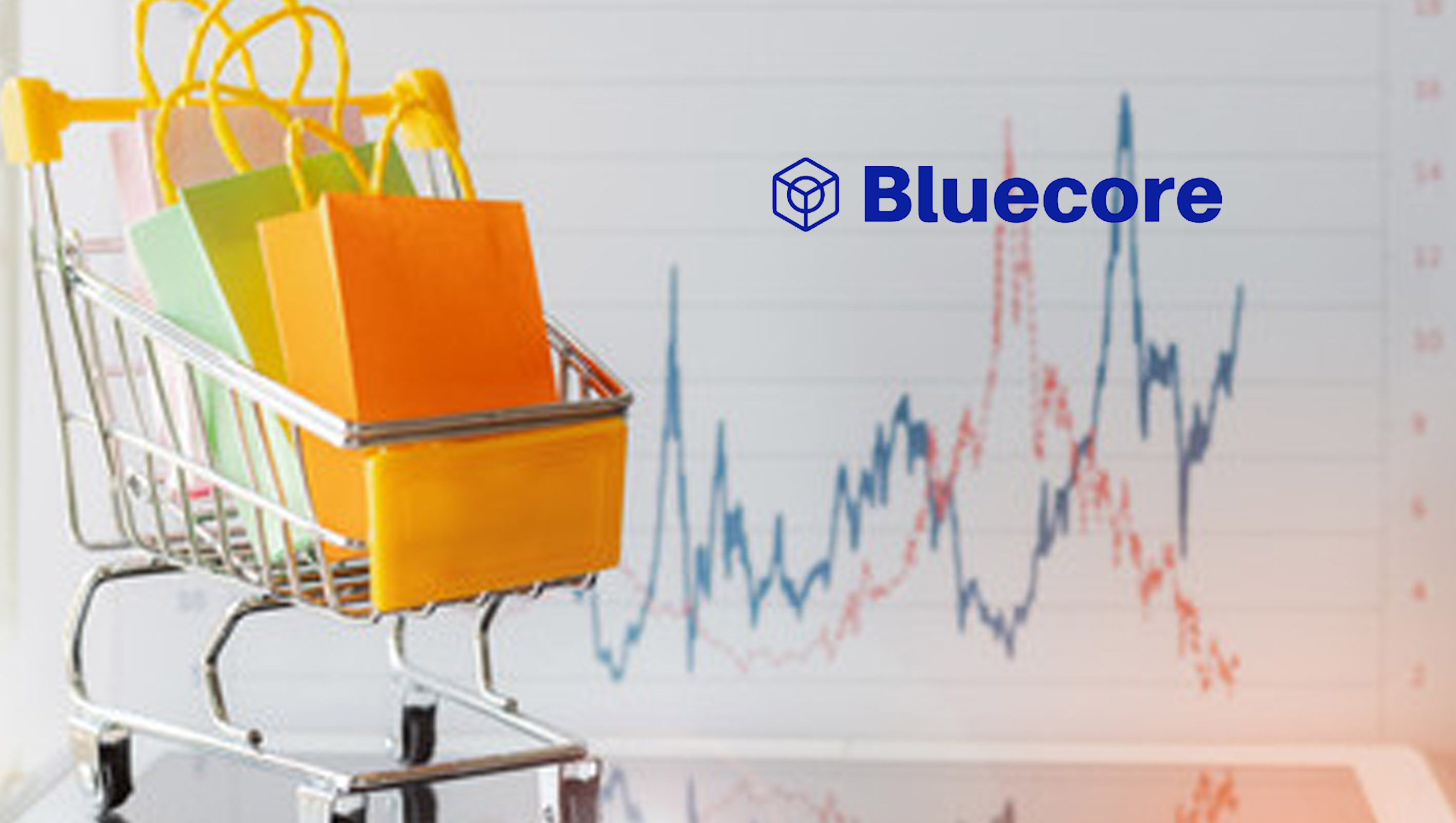Based on Insights from Over 35.5 Billion Ecommerce Campaigns, Bluecore’s “2022 Retail Ecommerce Benchmark Report” Offers Industry-First Benchmarks to Engage and Convert Shoppers Across Their Lifecycle
Bluecore, the retail marketing technology company that transforms the way the top 1000 retailers communicate with shoppers, released its 2022 Retail Ecommerce Benchmark Report. This year’s benchmarks reveal how, by keeping existing shoppers engaged instead of overshadowing them with one-and-done customer acquisition strategies, retailers can drive a path to profitability amidst high paid media costs, plateauing digital traffic, and ongoing inventory issues. The new report, based on over 35.5 billion ecommerce campaigns sent by more than 400 retail brands in the past year, offers a clear view into how shoppers are engaging across their lifecycle and how individual campaigns can drive engagement and maximize conversions on ecommerce sites and email.
Shoppers are shifting how they spend their money as a result of rising inflation, and it’s in this environment that retail brands need to maximize their relationships with existing shoppers to drive revenue. To transform these shoppers into loyal buyers, brands must take control of their owned programs and first-party data to create compelling experiences across a shopper’s entire lifecycle. This means identifying who their customers are, how they are interacting with the brand (e.g., search, browse, click), and what products they’re engaging with (e.g., color, size, price, category), to meet them with their in-the-moment interests – as well as the products they’ll be interested in next.
Bluecore’s 2022 Retail Ecommerce Benchmark Report offers an in-depth analysis of the lifecycle marketing measures of identification, first purchase, and repeat purchase, highlighting specific ecommerce campaigns that are most effective at driving those outcomes, as well as revenue. A reliable, long-term benchmark for retail marketers to measure their performance against, the research shares overall performance benchmarks by retail vertical and average order value (AOV), as well as baseline benchmarks (e.g., open rate and click rate to conversion rate) for campaigns across ecommerce sites and email.
Marketing Technology News: Guide to Navigating the Future of Healthcare With Conversational AI
Retail marketers can apply these findings to new strategies designed to increase shopper identification, first purchase, and repeat purchase rates with campaigns that drive engagement, lifetime value, and revenue.
Key findings include:
- At-Risk Buyers and Lost Buyers represent a massive opportunity to retailers. At-Risk Buyers and Lost Buyers are engaging nearly as much as Active Buyers. For shoppers whose average order values (AOV) fall between $99-$249, At-Risk Buyers and Lost Buyers open (At-Risk Buyers: 9.95%; Lost Buyers: 9.57%) and click (At-Risk Buyers: 5.83%; Lost Buyers: 5.56%) at a rate that is close to Active Buyers’ open (12.41%) and click (7.42%) rates. It’s up to retailers to transform their interest into a purchase and nurture them into repeat buyers.
- The more a shopper buys, the more likely they are to complete a next purchase. With every new purchase, the likelihood that shoppers will come back to a brand increases. After the first purchase, shoppers are 15.07% more likely to buy again, followed by 25.59% after the second purchase and 33.68% after the third. And after the sixth purchase, shoppers are 50.47% more likely to buy again. This demonstrates the importance of cultivating loyal shoppers to drive revenue.
- The ecommerce campaigns that are triggered by shopper behavior are the most successful across a shopper’s lifecycle. Abandoned cart campaigns drive more first-time purchases (32%) and repeat purchases (22%) than any other email campaign. They also drive more than double the conversion rate (1.29%) of other campaign types (varying from 0.17% – 0.44%).
- Welcome emails drive the highest conversions and engagement, as well as the highest unsubscribe rates. Shoppers are opening (46.72%), clicking through (11.27%), and converting (2.2%) in response to welcome emails at a high rate. But these emails also have the highest unsubscribe rate (0.80%). Brands have an opportunity to provide even more value in welcome emails with one-to-one recommendations that help them discover and buy other products.
- More shoppers enter their email at the beginning of a site visit than they do at the end. As a percentage of total impressions, retailers see a higher click rate for email capture campaigns with a 1.18% click rate at the beginning of a shopper’s ecommerce site visit, compared to just a 0.85% click rate at the end of a site visit. Retail brands should include an email capture site modal at the beginning of a shopper’s visit to increase the likelihood that they’ll submit their email. When brands can link an identifier like email to anonymous behavior, they can send one-to-one communications that are more likely to drive conversions.
“Everything a retailer does should revolve around shopper preferences to drive continued engagement — and how they measure success is no exception,” said Sarah Casone, Vice President of Marketing, Bluecore. “As the industry evolves and retail marketers rethink how they measure the impact of their programs and how they turn data into revenue-generating campaigns, we want to offer them industry benchmarks to measure against shopper-centric metrics like identification, first purchase, and repeat purchase to ensure their programs are directly impacting revenue.”
Marketing Technology News: MarTech Interview With Jamal Miller, Sr. Director of Product Marketing at Mailchimp











